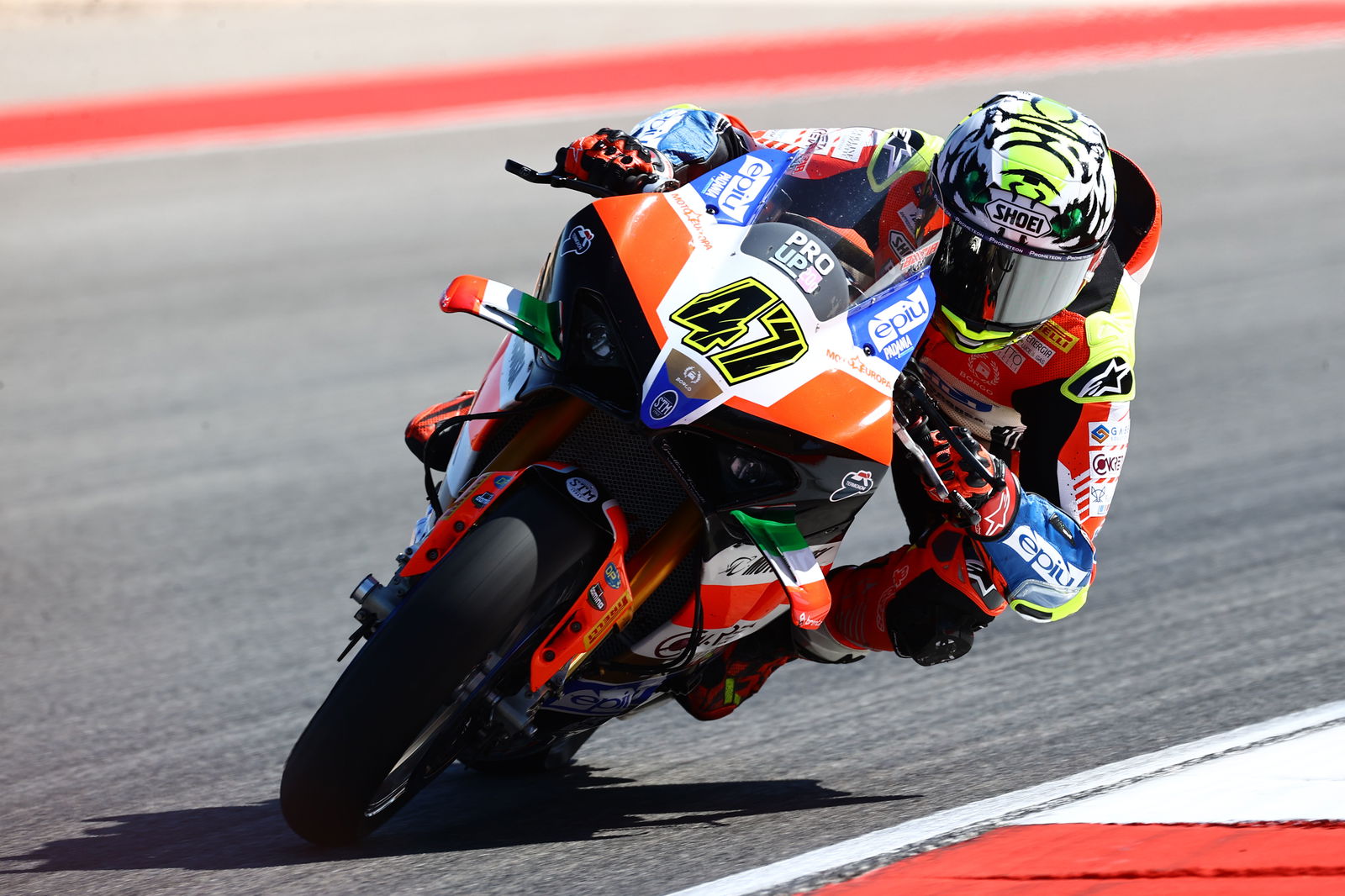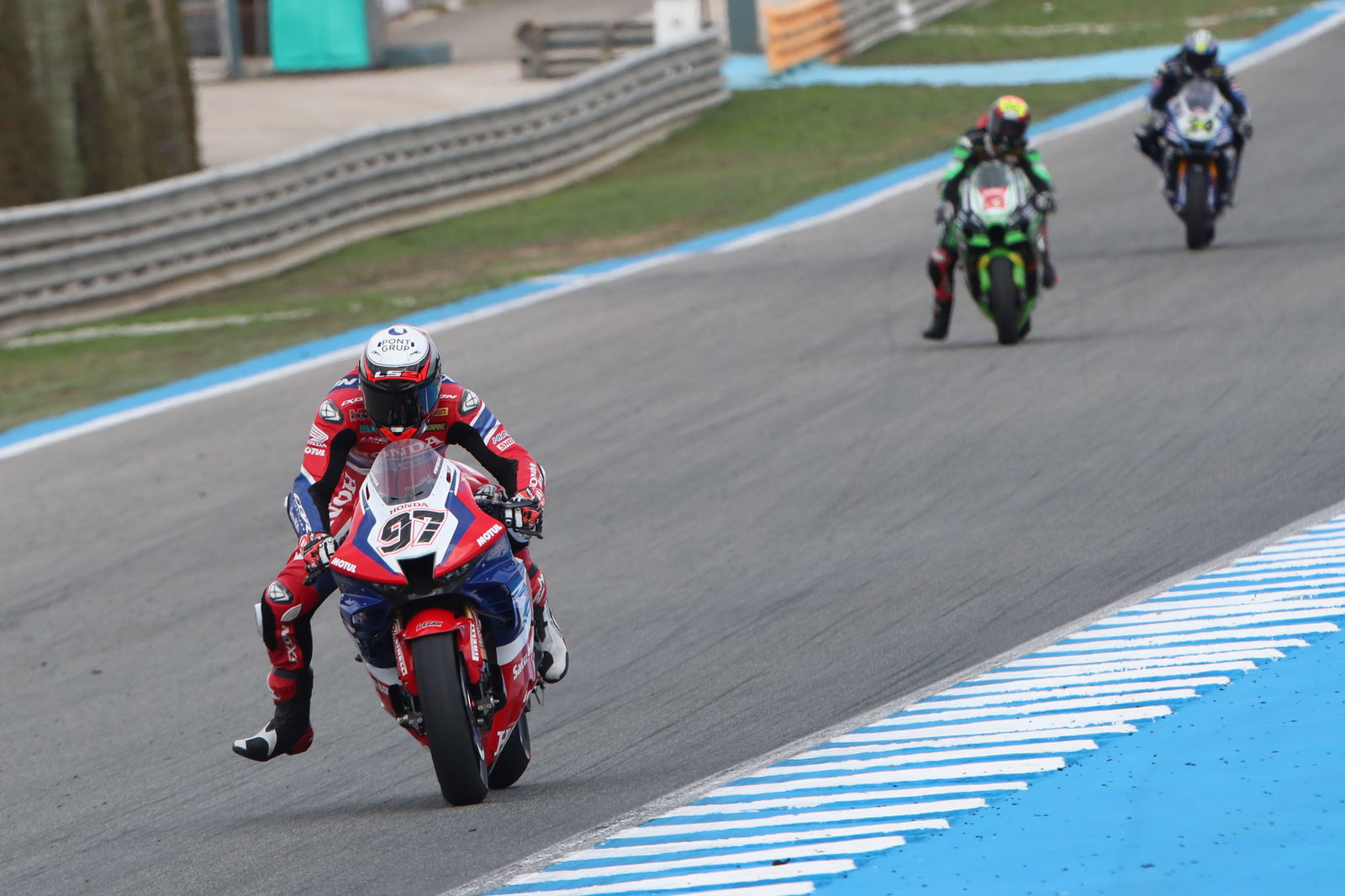WorldSBK to introduce “anti-Bautista” rule from 2024
From 2024, WorldSBK will use a combined rider-bike weight limit, while other changes are also set to be implemented from next year
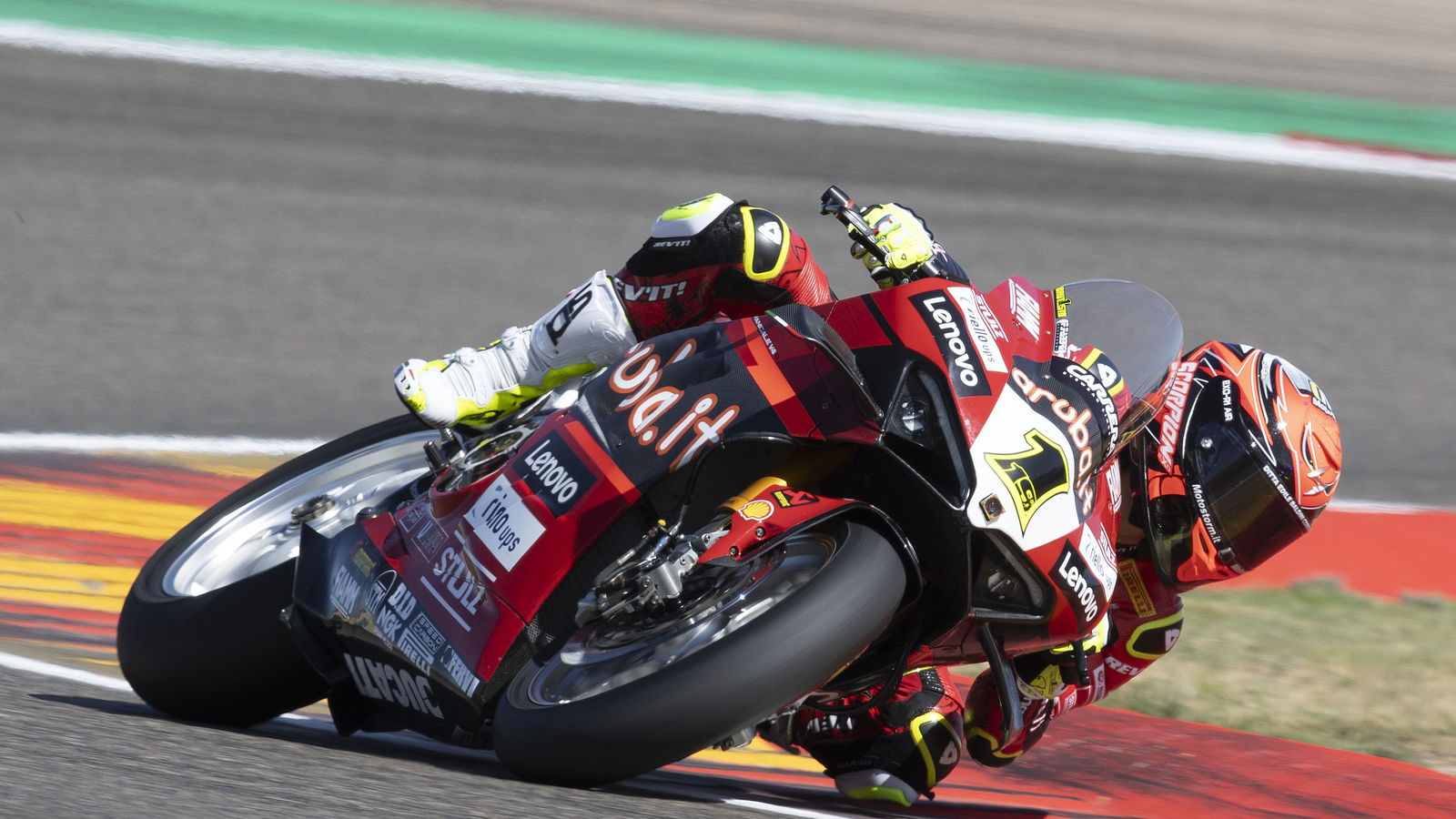
The WorldSBK Commission has decided a number of changes to the technical regulations that will begin to be implemented in 2024, with the headline change being the introduction of a combined rider-bike minimum weight.
The introduction of the new rule is thought to combat the dominance of Alvaro Bautista, who has won 23 of the 33 races this season so far. In comparison, Yamaha’s Toprak Razgatlioglu has won eight races, Kawasaki’s Jonathan Rea has won one, and Bautista’s factory Ducati teammate Michael Ruben Rinaldi has also taken one victory.
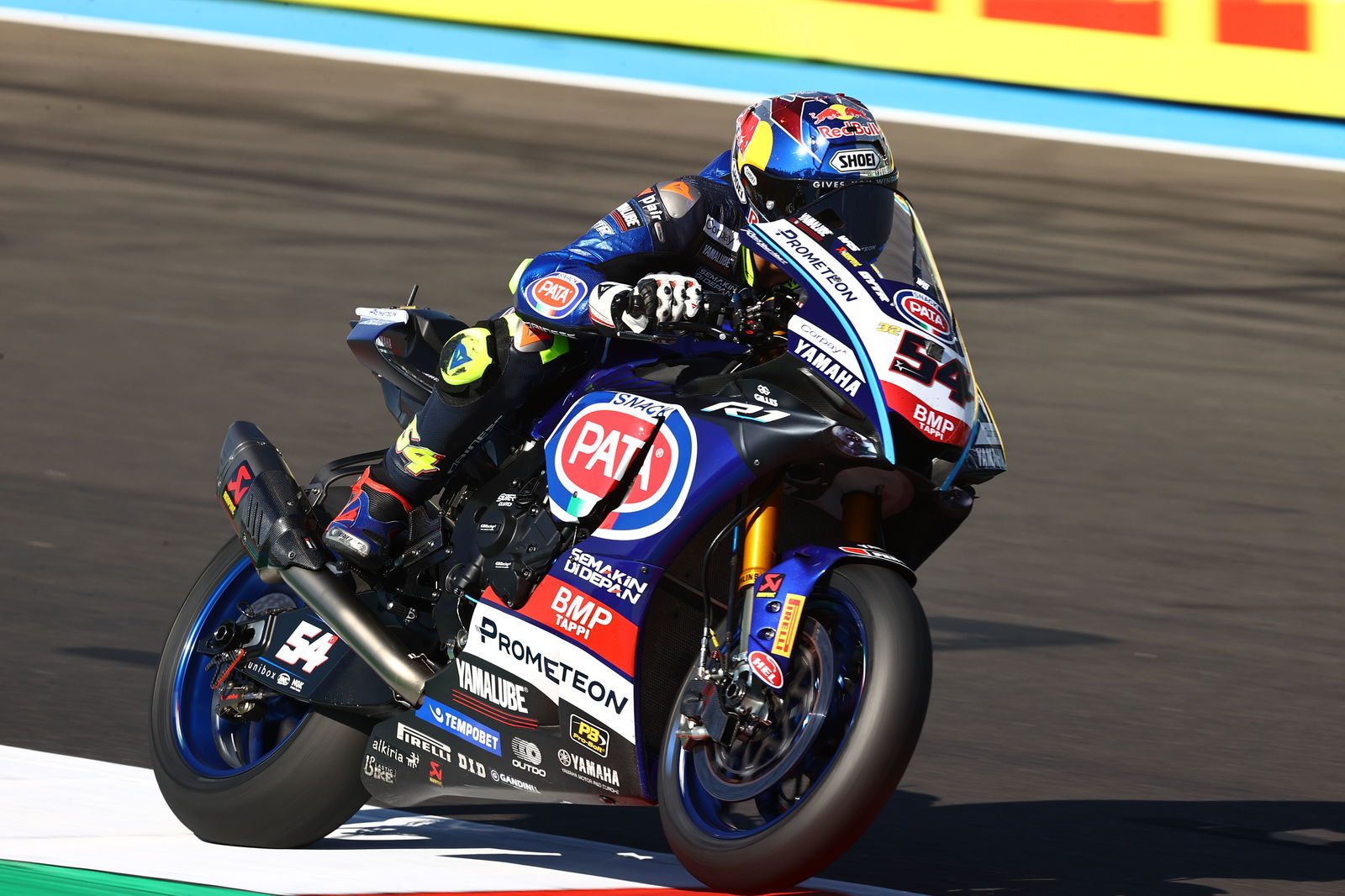
The combined minimum weight rule has been finalised in a FIM-MSMA-Dorna agreement, and has unsurprisingly attracted criticism from Bautista, the lightest rider on the grid, who labelled the rule “anti-Bautista” in a tweet.
me mola eso de “ley anti Bautista” porque al final, es la realidad nadie se quejaba hace un par de años…las cosas escuecen… https://t.co/wOHlAaF2uu
— Alvaro Bautista Arce (@19Bautista) October 11, 2023
Loris Baz, the tallest rider on the grid who rides this year for Bonovo Action BMW but who has no confirmed ride for 2024, found Bautista’s criticism of the rule amusing.
Riders asking this for ages but he says it’s against him https://t.co/0ePbx01H0C https://t.co/MbeA2UjVeX
— Loris baz (@lorisbaz) October 11, 2023
Other technical changes announced by the WorldSBK Commission include the proposed introduction of a fuel flow control from 2025 as an environmental measure. In 2024, data will be gathered from each manufacturer during practices and races in order to prove the concept’s validity and to define the value at which the fuel flow should be set for 2025.
Additionally, 2024 will see the fuel tank size reduced from its current 24 litres to 21 litres, and the concept of reducing RPM limits during the season based on performance will be cancelled, with RPM limits instead being set before the season and remaining in place for the duration of the season.

Further, concession points will be calculated at every second round in 2024, rather than every third round as in 2023; and crankshaft and balance shaft weight will be able to be plus or minus 20 per cent of the weight of the part measured in the FIM homologation inspection from next year.
At the final round of the 2023 WorldSBK season in Jerez on 27-29 October, there will be another meeting of the WorldSBK Commission which will discuss sporting and disciplinary points, but where additional technical points “could also be discussed,” a WorldSBK press release reads.
WorldSBK Combined weight - Making the case
The concept of a rider-bike minimum weight is not a new one to motorcycle racing in general or to WorldSBK. Since at least 2018, taller MotoGP riders have been requesting such a regulation in Grand Prix, as tyre temperatures and pressures have become increasingly difficult to manage.
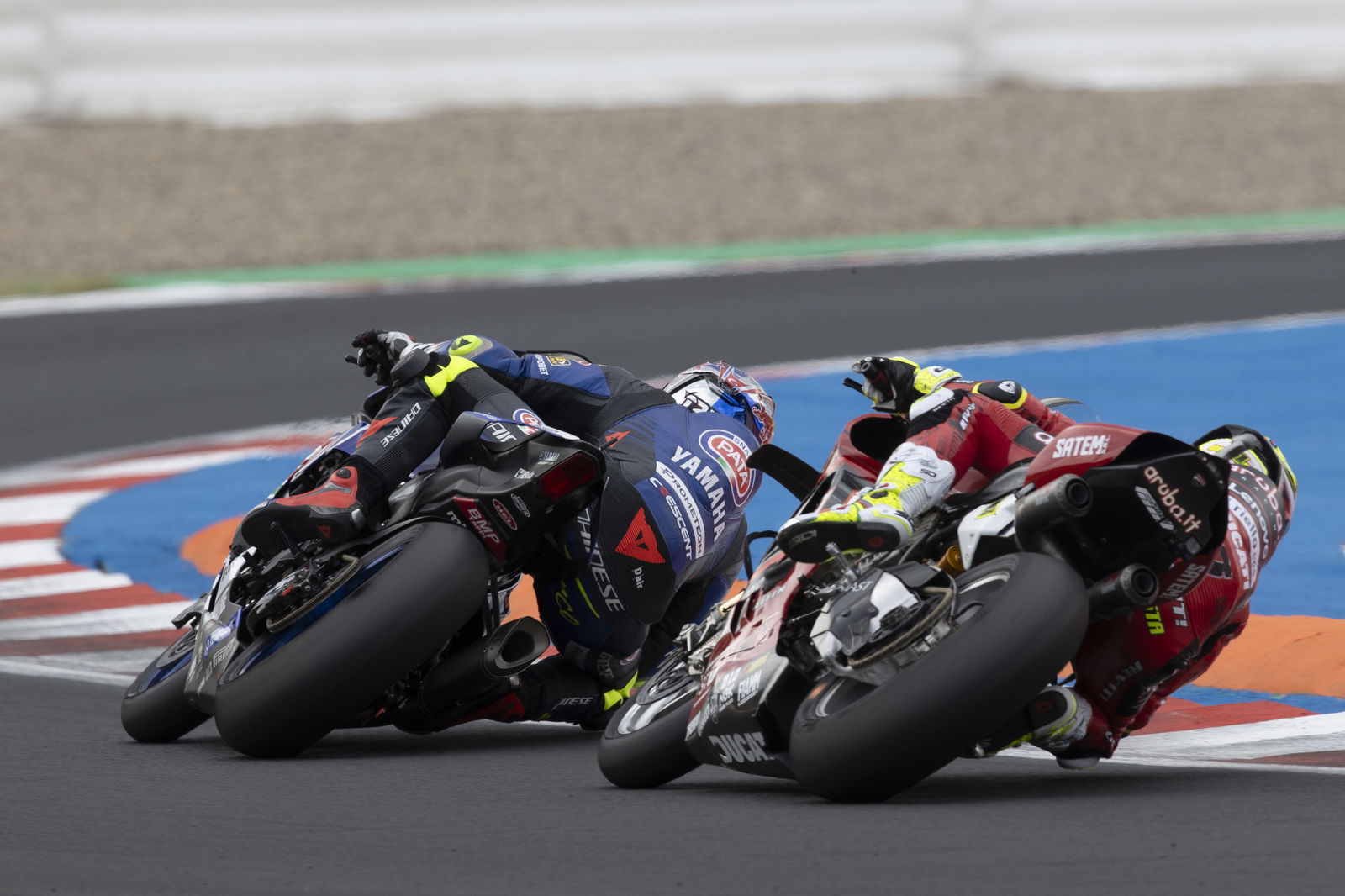
In WorldSBK, the primary issue relates to one rider: Alvaro Bautista. That’s perhaps an over-simplification because riders like Scott Redding already raised opposition to the advantage smaller riders have in managing the ever-softer Pirelli tyres since 2020 when Michael Ruben Rinaldi became the first rider to win a full-length WorldSBK race on a super-soft-compound SCX rear tyre.
But the real push for a combined rider-bike weight limit in WorldSBK began last year, when the aforementioned Bautista began dominating. His speed on the straight was then, as it is now, undeniable.
We have seen countless times over the past two years of WorldSBK that Bautista has such an advantage in the straights that he simply has to decide on which side he will pass his rival.

Of course, the Ducati is a very powerful bike - the standard Ducati Panigale V4 R out of a showroom has almost 20bhp more than the equivalent Yamaha R1, for example. Credit has to be given to Ducati, though, for building a bike which can use that power in a way that the Honda CBR1000RR-R and BMW M1000RR - which have more comparable raw outputs - cannot.
It also has to be given to Bautista. He has won 23 from 33 races so far in 2023, most of them with a commanding authority. Although he has an obvious and significant advantage compared to the riders on other bikes, he has also been able to develop advantages for himself compared to riders who share the same equipment as him such as Michael Ruben Rinaldi, Danilo Petrucci and Xavi Fores.
The UK round of 2023 at Donington Park back in July was perhaps the best example of Bautista’s strength in rear grip. There are no long straights in Donington for Bautista to really utilise his bike’s strength in the upper half of the gearbox, but he still won the two long races in dominant style, and this was because of his drive grip through Donington’s long corners.
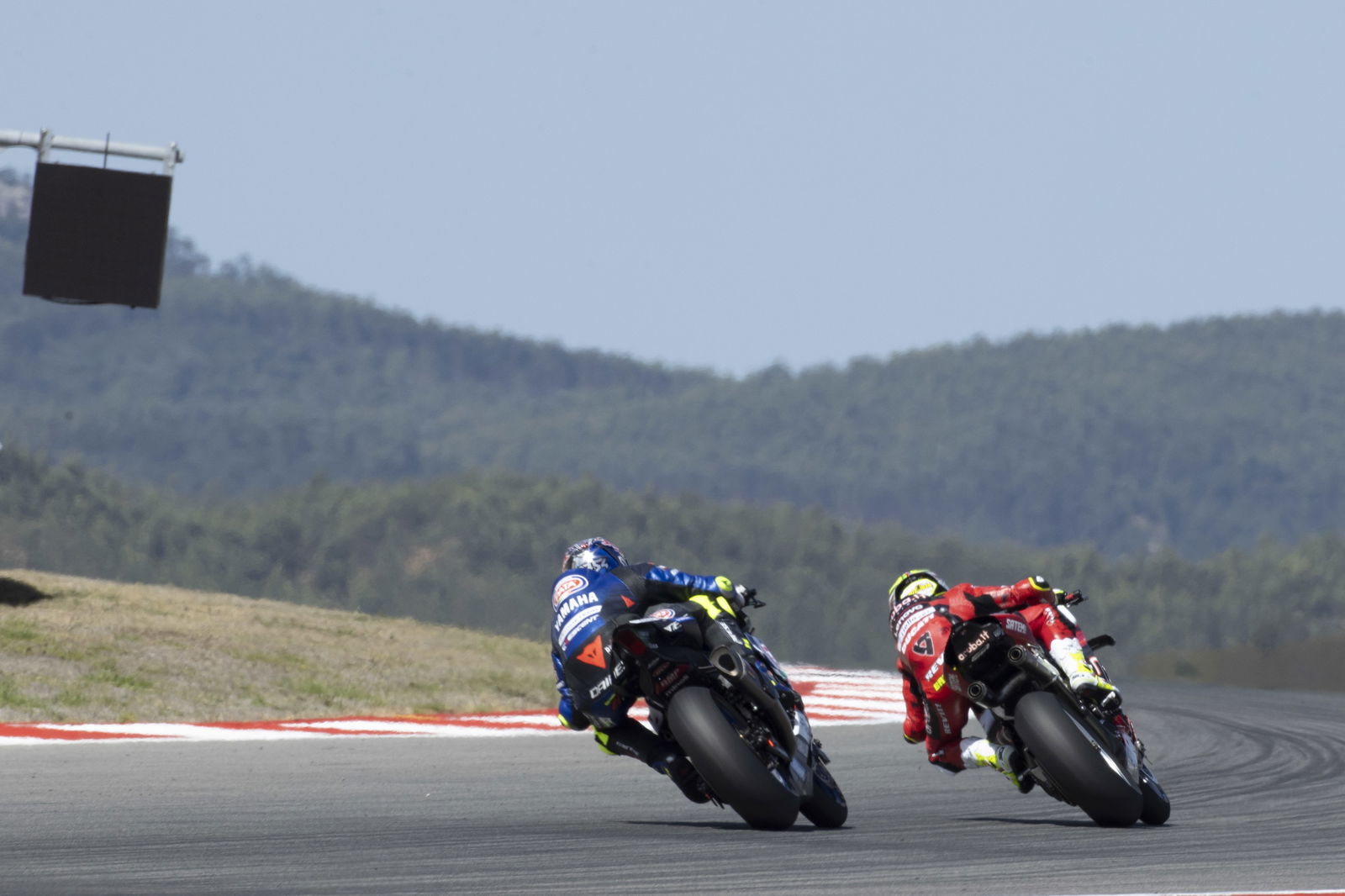
At the most recent round in Portugal, Bautista was able to demonstrate this grip advantage again. He was able to blast by Toprak Razgatlioglu on the run to the line in both Sunday races to complete a treble which leaves him with eight fingers and a thumb wrapped around the 2023 riders’ title with one round to go. But he did it thanks to rear grip, not just thanks to horsepower. While Razgatlioglu sat spinning, Bautista went driving on by.
But it was also these Sunday races in Portimao which confirmed that a change needed to be made in WorldSBK for the validity of the championship. There was nothing more Razgatlioglu could have done in either the Superpole Race or Race 2 on Sunday in Portugal to try to win. He walked the tightrope of aggression and danger for 30 laps that day to stay in victory contention but, no matter what he did, the inevitability of Bautista’s victory never faded. Ultimately, in the only part that really mattered - the distance from the final corner to the finish line - Razgatlioglu had no defence against Ducati’s Bautista.
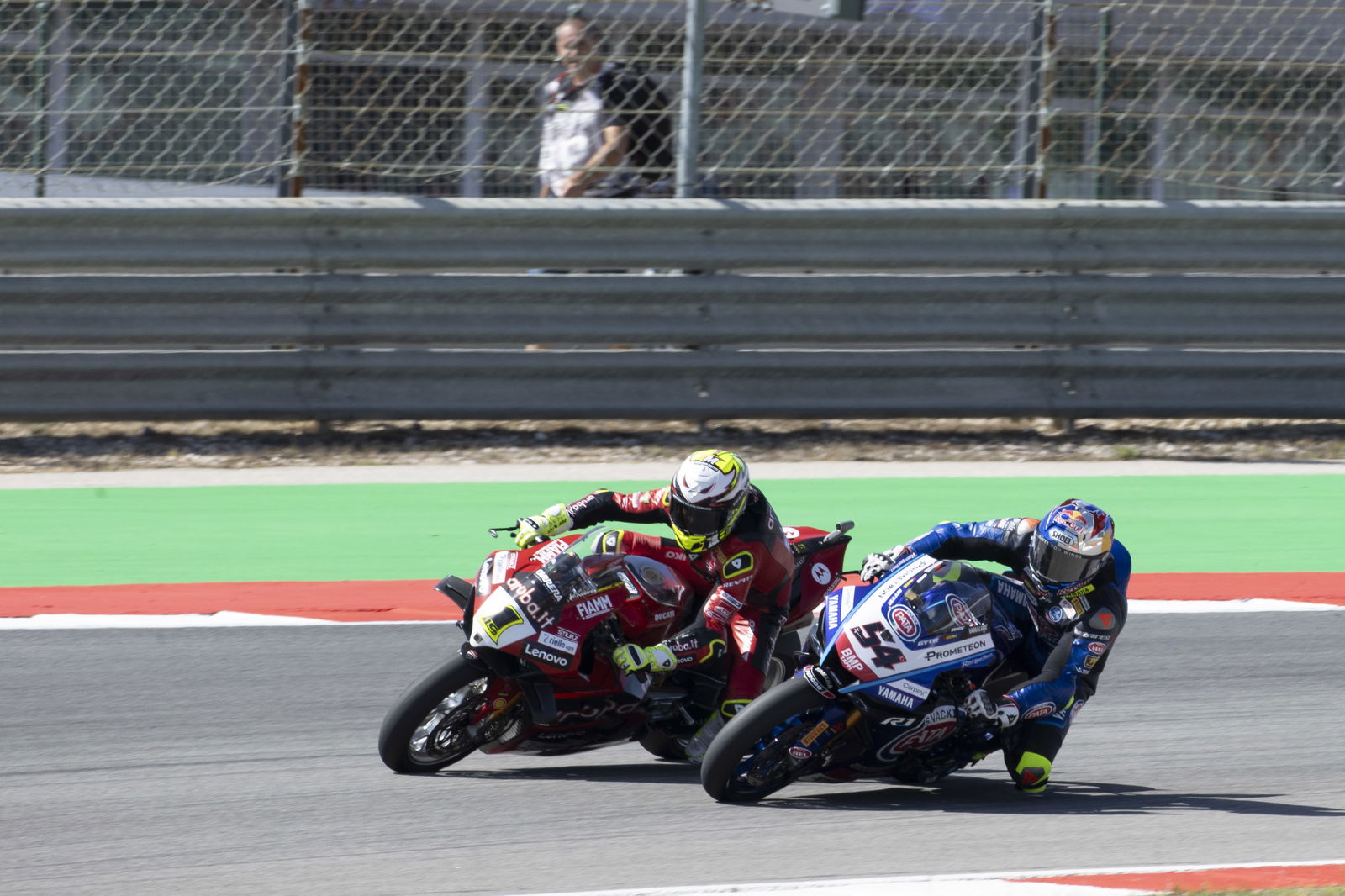
The idea of the combined weight rule is a curious one, because it not only means that Bautista will be impacted in the straights as the lightest rider, but also in braking and in the corners. WorldSBK introduced the same rule to WorldSSP300, and in the middle of the 2018 season Ana Carrasco went from dominating races and winning by multiple seconds to struggling to be inside the top 10. In the end, Carrasco still won the championship, but the combined weight rule meant that Carrasco’s bike became heavier, which meant it required more braking force to stop, and more leverage to change direction.
We will not know if the effect WorldSBK’s decision to introduce a combined rider-bike minimum weight will have on Bautista will be as significant as that which it had on Carrasco five years ago, and whether it was the right way for WorldSBK to get out of its unsustainable position, until the start of next year.
